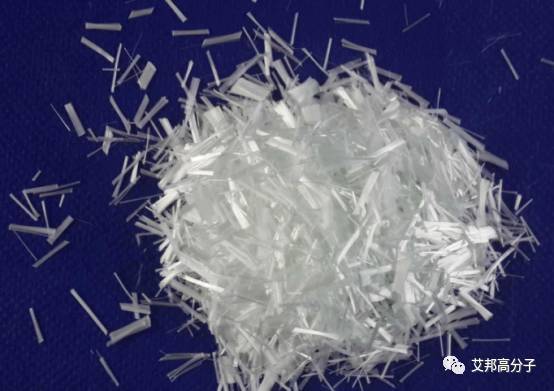Fiber Glass has various advantages such as high tensile strength, light weight, corrosion resistance, high temperature resistance, and good electrical insulation performance, which makes it one of the commonly used composite materials. At the same time, China is also the world’s largest producer of fiberglass.
1) what is fiberglass?
Glass fiber is an inorganic non-metallic material with excellent performance. It is a natural mineral mainly made of silica, with specific metal oxide mineral raw materials added. After being mixed evenly, it melts at high temperature, and the molten glass liquid flows out through the leakage nozzle. Under the high-speed tensile force, it is stretched and rapidly cooled and solidified into extremely fine continuous fibers.
The diameter of glass fiber monofilament ranges from a few microns to over twenty microns, equivalent to 1/20-1/5 of a hair, and each bundle of fibers is composed of hundreds or even thousands of monofilaments.
Basic properties of glass fiber: The appearance is a smooth cylindrical shape with a complete circular cross-section, and the circular cross-section has strong load-bearing capacity; Gas and liquid have low resistance to passage, but the smooth surface reduces the cohesion of the fibers, which is not conducive to bonding with the resin; The density is generally between 2.50 and 2.70 g/cm3, mainly depending on the glass composition; The tensile strength is higher than other natural fiber and synthetic fibers; Brittle materials have a very low elongation at break; Good water and acid resistance, but poor alkali resistance.
2) Glass fiber classification
By length classification, it can be divided into continuous glass fiber, short glass fiber (fixed length glass fiber), and long glass fiber (LFT).
Continuous glass fiber is currently the most widely used glass fiber in China, which is commonly referred to as “long fiber”. The representative manufacturers are Jushi, Mount Taishan, Xingwang, etc.
Fixed length glass fiber is commonly referred to as “short fiber”, which is generally used by foreign-funded modification plants and some domestic enterprises. The representative manufacturers are PPG, OCF and domestic CPIC, and a small number of Jushi Mount Taishan.
LFT has emerged in China in recent years, with representative manufacturers including PPG, CPIC, and Jushi. Currently, domestic enterprises such as Jinfa, Shanghai Nayan, Suzhou Hechang, Jieshijie, Zhongguang Nuclear Juner, Nanjing Julong, Shanghai Pulit, Hefei Huitong, Changsha Zhengming, and Rizhisheng all have mass production.
According to the alkali metal content, it can be divided into alkali free, low medium high, and usually modified and reinforced with alkali free, i.e. E-glass fiber. In China, E-glass fiber is generally used for modification.
3) Application
According to product usage, it is basically divided into four categories: reinforced materials for thermosetting plastics, glass fiber reinforced materials for thermoplastics, cement gypsum reinforced materials, and glass fiber textile materials. Among them, reinforced materials account for 70-75%, and glass fiber textile materials account for 25-30%. From the perspective of downstream demand, infrastructure accounts for about 38% (including pipelines, seawater desalination, house heating and waterproofing, water conservancy, etc.), transportation accounts for about 27-28% (yachts, cars, high-speed rail, etc.), and electronics accounts for about 17%.
Post time: Apr-14-2023


